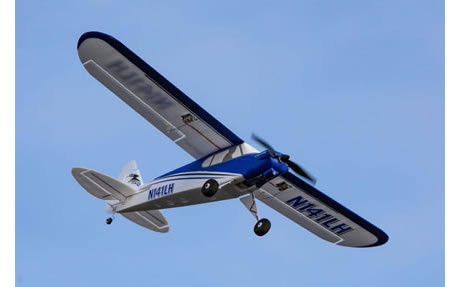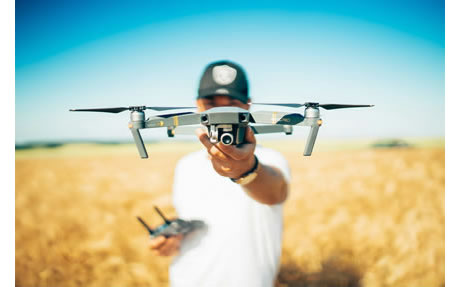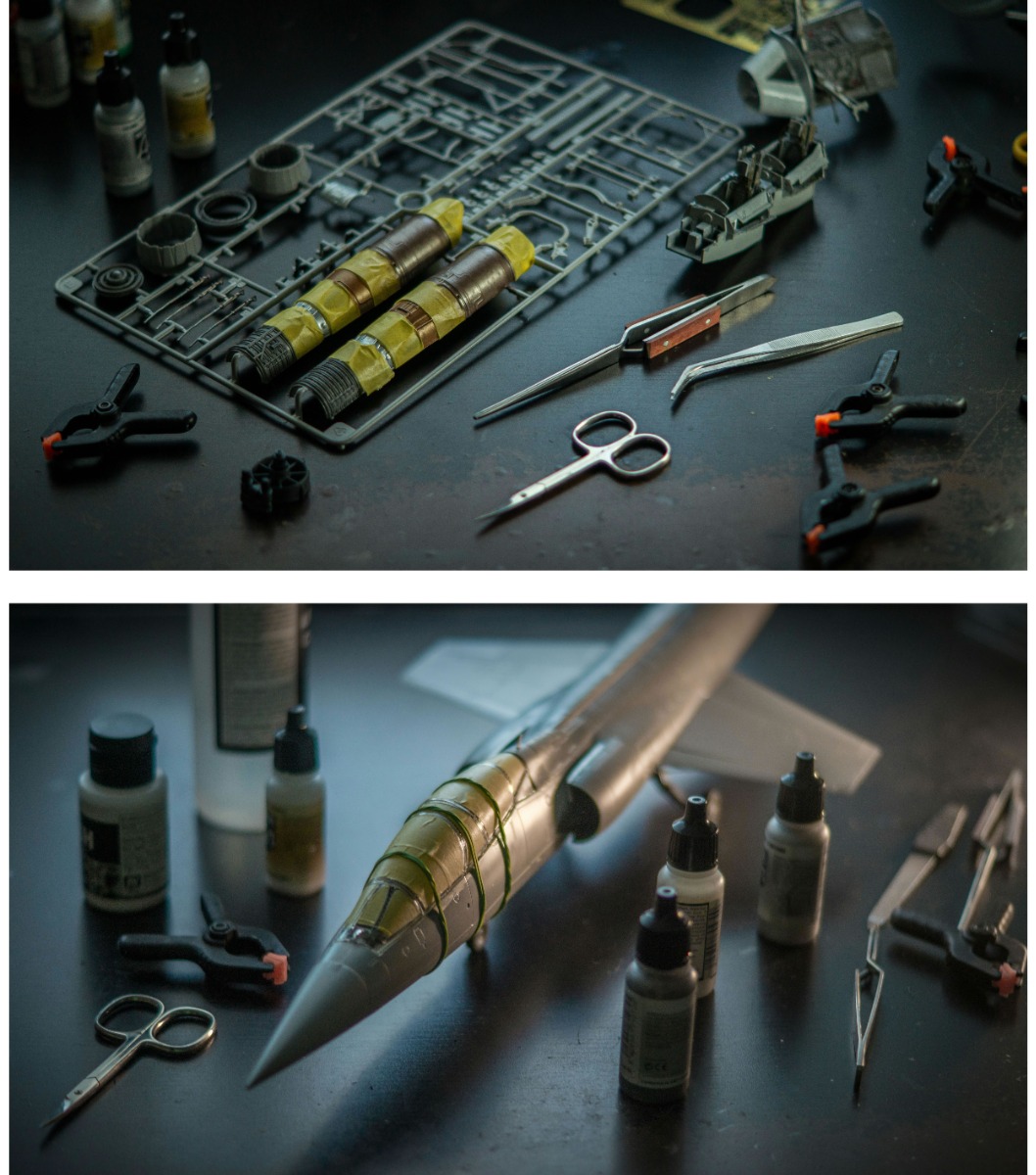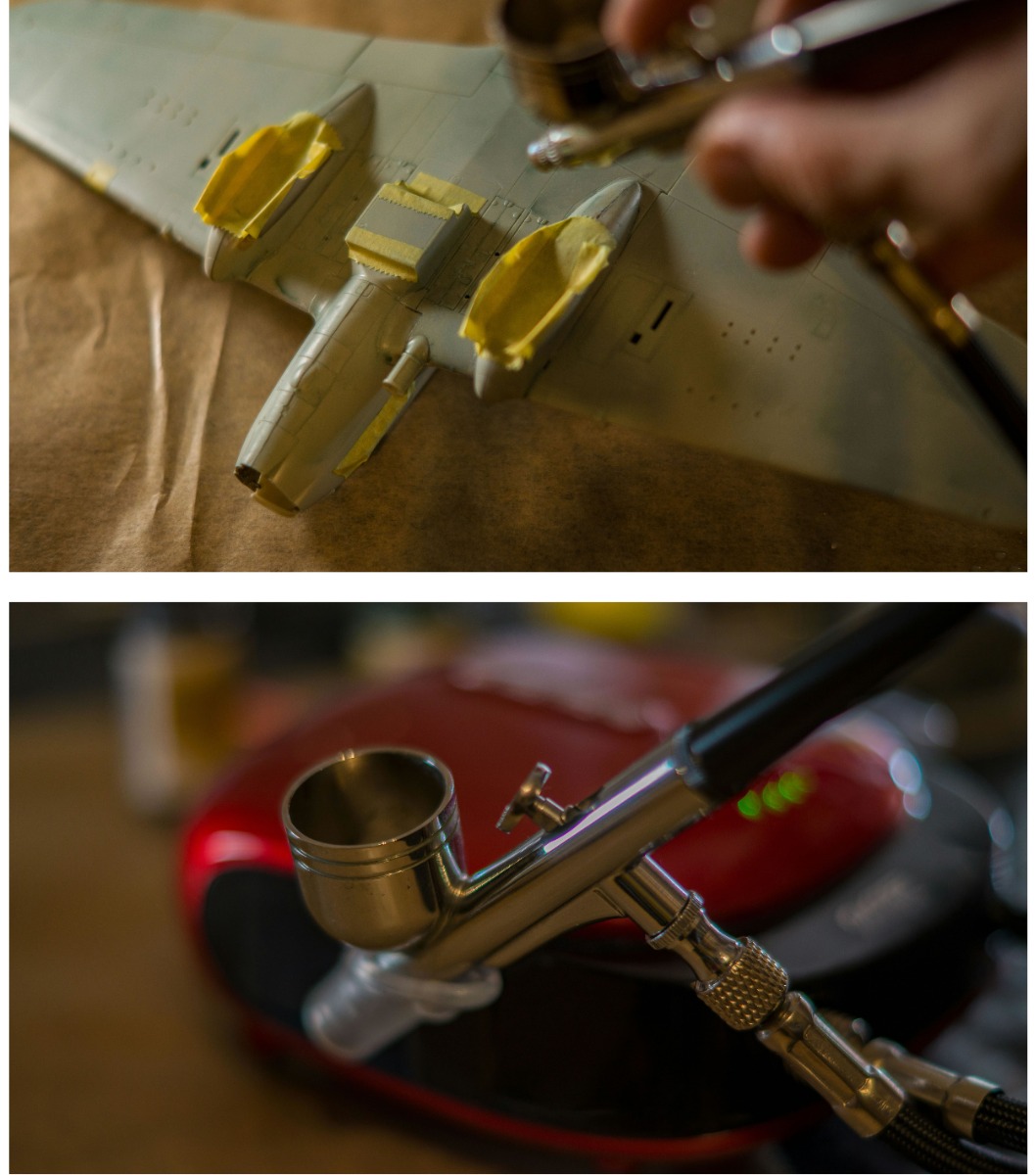ICM WWI & WWII Weapon and Equipment Acrylic Paint Set 6 x 12ml Bottles # 3043
World War I (WWI) Weapons and Equipment (1914-1918):
Bolt-Action Rifles: The primary infantry weapon for both sides, rifles like the Lee-Enfield and Mauser were widely used. These rifles were known for their accuracy and reliability.
Machine Guns: WWI saw the introduction of heavy machine guns such as the German MG 08 and British Lewis Gun, which could lay down sustained fire and had a significant impact on the war's tactics.
Trench Warfare Equipment: Soldiers in the trenches were equipped with helmets, gas masks, and body armor to protect against chemical attacks and shrapnel.
Artillery: Heavy artillery pieces, including howitzers and cannons, played a crucial role in trench warfare. They could fire large shells over long distances.
Chemical Weapons: Both sides used chemical weapons like chlorine and mustard gas, causing devastating casualties and leading to the development of gas masks.
Tanks: WWI saw the debut of armored vehicles like the British Mark I tank, which were slow and unreliable but laid the foundation for future tank warfare.
Aircraft: Planes were used for reconnaissance and later for air combat. Early fighter planes like the Fokker Dr.I and Sopwith Camel became famous for their dogfights.
World War II (WWII) Weapons and Equipment (1939-1945):
Semiautomatic and Automatic Rifles: WWII introduced firearms like the American M1 Garand and the German StG 44, which featured semiautomatic or automatic firing capabilities, increasing the rate of fire.
Submachine Guns: Weapons like the American Thompson submachine gun and the German MP40 became synonymous with close-quarters combat due to their rapid fire rate.
Machine Guns: Light and medium machine guns, such as the American M1919 and the German MG42, were used to provide sustained fire support.
Tanks: Tanks like the German Tiger and the Soviet T-34 were heavily armored and had powerful guns, transforming armored warfare.
Aircraft: WWII saw rapid advancements in aviation technology. Fighter planes like the American P-51 Mustang and the German Messerschmitt Bf 109 played crucial roles in air superiority battles.
Artillery: Improved artillery, including self-propelled guns and rocket launchers, was used for bombardments and support in land battles.
Naval Vessels: WWII saw the use of battleships, aircraft carriers, and submarines, with notable vessels like the American USS Missouri and the Japanese Yamato.
Atomic Weapons: The end of WWII was marked by the use of atomic bombs dropped on Hiroshima and Nagasaki, which had devastating destructive power.
Paratrooper Equipment: Paratroopers were equipped with specialized gear, including parachutes, lightweight weapons, and gear for rapid deployment behind enemy lines.
Code Machines: Both sides used advanced encryption devices like the German Enigma machine and the Allied efforts to break these codes played a pivotal role in intelligence warfare.
These are just a few examples of the wide array of weapons and equipment used during WWI and WWII.
The technological advancements and innovations during these two wars significantly shaped the development of modern military equipment and strategies.





















 Spread the cost with Paypal Credit
Spread the cost with Paypal Credit
 Spread the cost with Klarna
Spread the cost with Klarna














